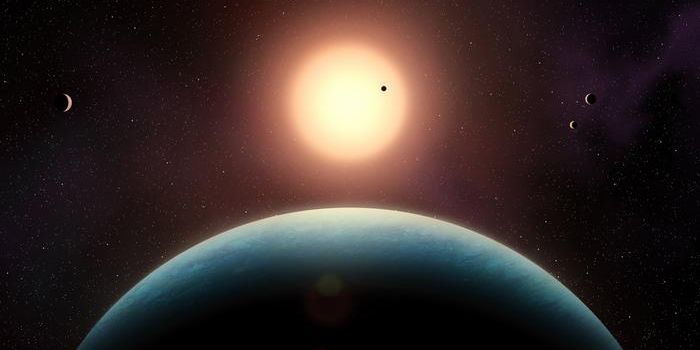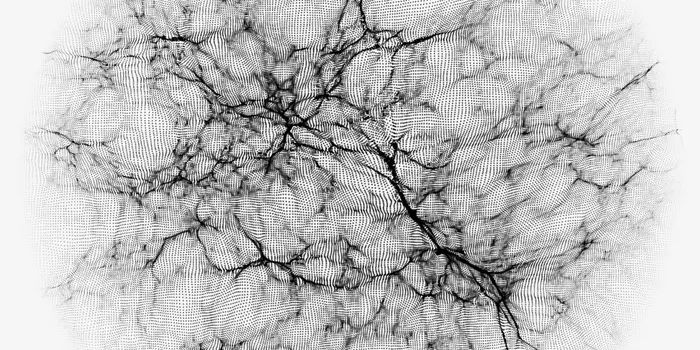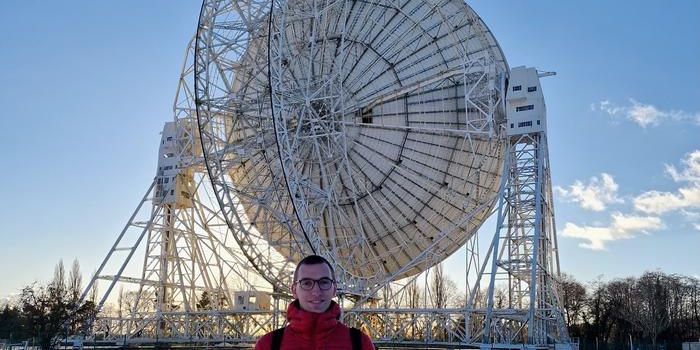Solar Power Stations in Space Could Answer Global Energy Needs
While renewable energy technologies have developed exponentially in recent years, a major barrier towards their adoption is that they do not provide a constant supply of energy; the sun needs to be shining for solar and the wind blowing for wind. As such, could space-based sources of energy offer a solution?
Reaping renewable energy from space is an attractive idea due to its potential for consistent energy production, especially from solar. This comes as space-based solar power stations could orbit and face the sun 24 hours per day. Moreover, due to their position above the Earth's atmosphere, they could also receive more sunlight to produce more energy than panels based back on Earth. Realizing the potential for such technologies, the European Space Agency has even started to look into funding such projects.
Such a feat of technological development, however, would not come without hurdles. One such hurdle is getting the station to orbit. Current estimates state that such a station would need to be around 10 kilometers in squared area, or the size of 1400 football pitches- an expensive object to get to space.
To solve this problem, researchers from the California Institute of Technology have proposed a modularly-built power station made of thousands of ultralight solar cell tiles. A prototype of these cells shows they could weigh as little as 280 grams per square meter, similar to the weight of card.
Meanwhile, researchers at the University of Liverpool are investigating 3D printing solutions. In particular, they are investigating techniques for printing ultralight solar cells on to solar sails that could both be used to create large, fuel-free power stations and propel an aircraft forward without fuel.
Emitting power back to Earth poses another problem, however. Potentially solving this, scientists so far plan on converting electricity from solar cells in space to energy waves and to then use electromagnetic fields to transfer them to an antenna on Earth, where they can then be reconverted back to electricity. Researchers led by the Japan Aerospace Exploration Agency have already designed an orbiter system that may be able to do this.
To conclude, while more work is needed before solar power stations may exist in space, more and more in the scientific community are turning toward this possibility to secure our future energy needs. Nevertheless, it may still be quite some time before stargazers seek solar power stations with their telescopes.
Sources: The Conversation, ESA









